What are Iran’s political challenges in 2024?
The main challenges for the government are maintaining political stability and stabilizing the dire economic situation, especially the very high inflation rate. Officials understand that the legitimacy of the regime has eroded, especially since the brutal crackdown on nationwide demonstrations sparked by the death of Mahsa Amini in police custody in 2022. The government wants to avoid any flashpoints that could push Iranians to take to the streets again.
The government is focused on keeping its core constituency in line, but it is also trying to bring people on the margins into the fold of supporters of the Islamic Republic. For example, state media has produced new television shows and brought on a wider variety of guests to discuss sensitive political issues. The government wants to appear responsive and sympathetic to maintain a degree of legitimacy while balancing security considerations.
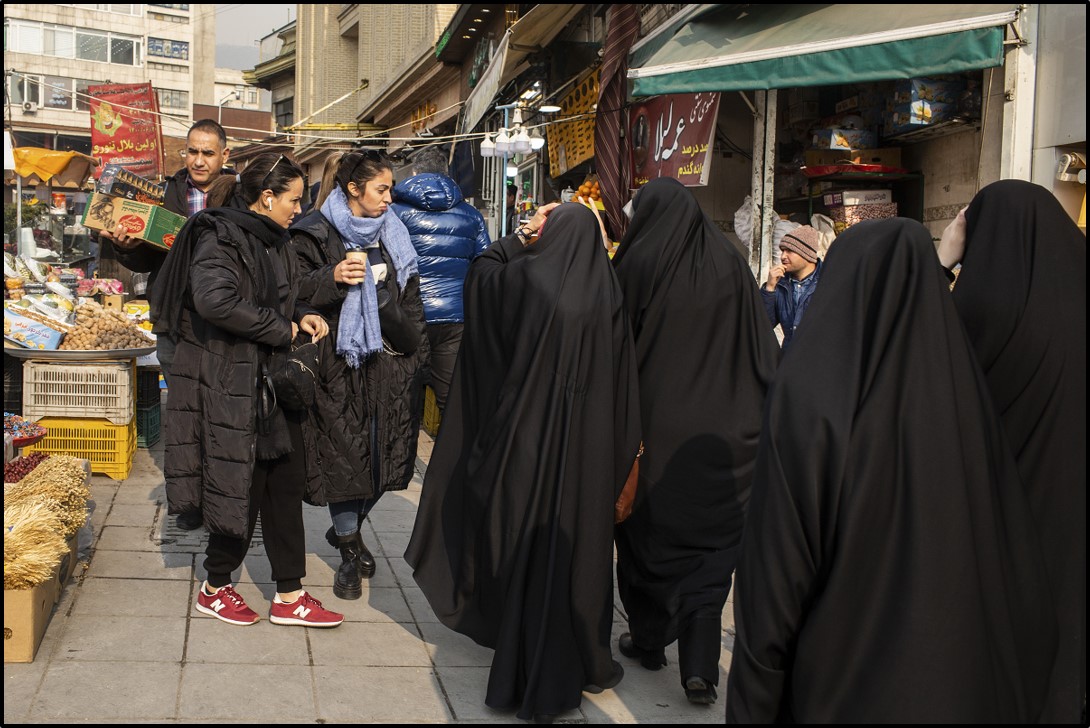
Iran is set to hold elections for the 290-seat parliament on March 1, 2024. What issues are at stake?
The economic crisis is the main concern. As of 2022, some 60 percent of Iranians were reportedly living at or below the poverty line. Inflation fluctuated between 39 and 56 percent during the first nine months of 2023. The cumulative impact of U.S. sanctions, fluctuating oil prices, mismanagement, and rampant corruption have impacted all strata of society. The middle class, once robust, has been shrinking as families struggle to deal with the high cost of living.
In early 2023, Supreme Leader Ayatollah Ali Khamenei admitted that Iran’s economy was “a decade behind.” Rapid growth is “absolutely crucial in order to solve the tangible problems associated with people’s livelihood and the difficulties experienced in households,” he said in a televised speech. Khamenei called the high unemployment – some 22 percent in early 2023 – a disgrace. “We keep asking ourselves why these people are leaving. Why do they move abroad? Well, you need to give them jobs,” he said.
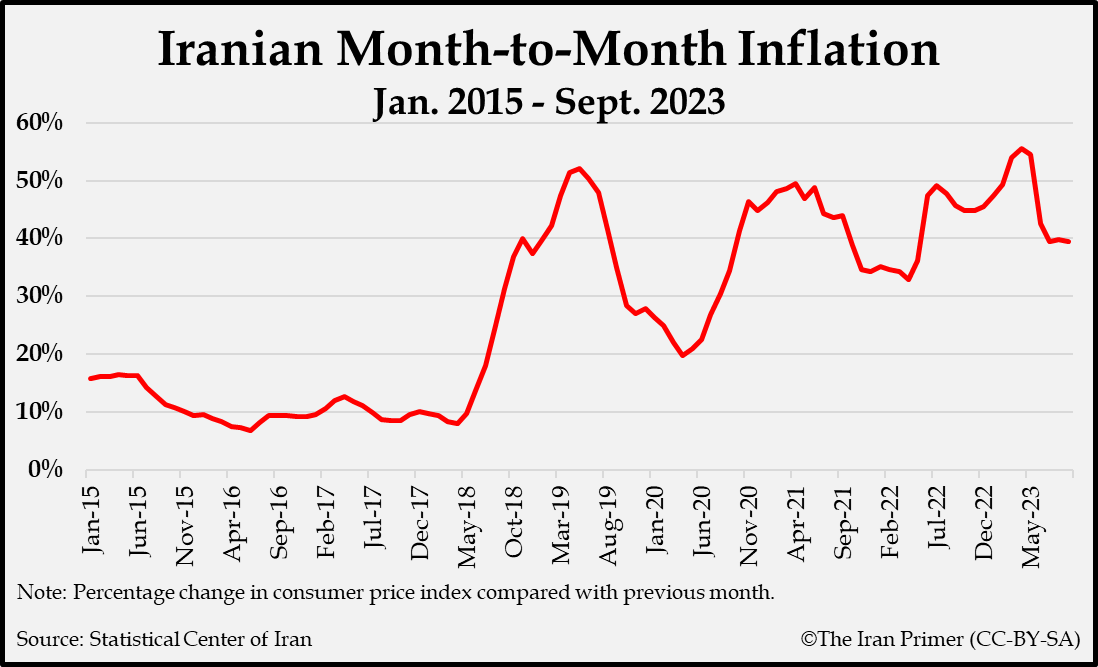
But the poor economic conditions have not yet triggered a substantive public debate over economic policy. The Guardian Council, which is responsible for vetting all candidates for public office, narrowed the political space in the 2020 election by approving just 43 percent of candidates to run. Most reformists and many centrists, including incumbents, were disqualified. If the same happens ahead of the 2024 elections, which seems to be the case, conservative candidates from different factions may not differ much on macroeconomic policy. Many races may come down to localized issues.
Turnout in the 2020 parliamentary election was about 42 percent, the lowest since the 1979 revolution. What are the prospects for a higher turnout in 2024?
Prospects for a higher turnout in 2024 are dim. Iranians appear apathetic about the elections. In previous years, the registration period and debates about the Guardian Council’s vetting of candidates would generate excitement and its own news cycle. Well-known politicians would sign up – knowing full well that they would probably be disqualified – and then support lesser-known candidates. But that did not happen this time. Three former presidents and three former parliamentary speakers who might have been key players announced that they would not run.
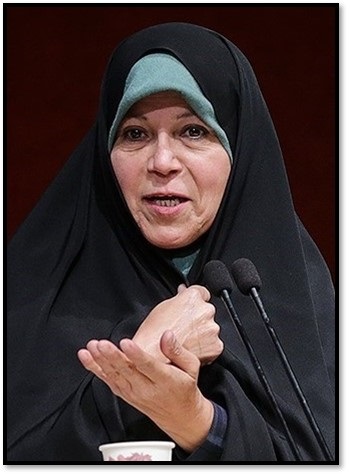
Some reformists have urged Iranians to stay away from the polls in 2024. Faezeh Hashemi, a former lawmaker (1996-2000) and the daughter of the late President Akbar Hashemi Rafsanjani, called for a boycott from notorious Evin prison in July 2023. She was serving a five-year sentence for “propaganda against the regime” and participating in anti-government protests. “If we break our spell and don’t participate in elections, we can make the rulers’ path difficult by spreading the truth and force them to change policies…and finally take back the power we have given them,” Hashemi wrote in a letter.
Javad Emam, the spokesman for the Reform Front, a major reformist faction, criticized the registration and vetting process in October 2023. “We have no issues with the ballot box, as it represents the will of the nation. However, regrettably, the people have been denied the opportunity for a fair electoral process through the ballot boxes,” he told local media. “We, as reformists, find it challenging to engage people's interest in participating in elections.” Other reformists within the broad coalition have proposed individuals should make their own decisions and vote.
The turnout may also be limited by demographic trends. The population is aging. The fertility rate was more than six births per woman during the first half of the 1980s but fell to just two by 2000, according to U.N. data. The fertility rate was down to 1.7 as of 2021. Not only are fewer new voters coming of age, millennials and Gen Zers are less likely to vote than previous generations.
Yet officials did not seem to be very perturbed by the possibility of low turnout again. For decades after 1979, senior leaders had cited high turnout rates as proof of legitimacy and public support for the Islamic Republic. For example, the turnout for the 1996 parliamentary election was 71 percent, and the turnout for the 2009 presidential election was 85 percent. But now the regime favors predictability and stability over a diverse candidate pool that could bring out voters.
What are the political factions that will shape Iranian politics in 2024? Have any rivalries emerged among hardliners expected to contend for seats in parliament? Have reformists and centrists been so marginalized that they may not be major factors in 2024?
Two factions of conservatives are set to shape Iranian politics in 2024. The first is the Paydari (Steadfastness) Front, which espouses puritanical views. Its members favor a state-controlled economy and proclaim to be committed to social justice, especially rooting out corruption and making government more efficient. They are more hawkish on foreign policy and want Iran to grow closer to non-Western powers, namely China and Russia. Many members of President Ebrahim Raisi’s cabinet align with the Paydari Front.
The second faction includes traditional or mainstream conservatives led by Mohammad Baqer Qalibaf, parliament’s speaker for the 2020-2024 term. Qalibaf has solid credentials, including decorated service during the 1980-1988 war with Iraq. He was commander of the Revolutionary Guards Air Force from 1996 to 1999, national police chief from 2000 to 2005 and mayor of Tehran from 2005 to 2017.
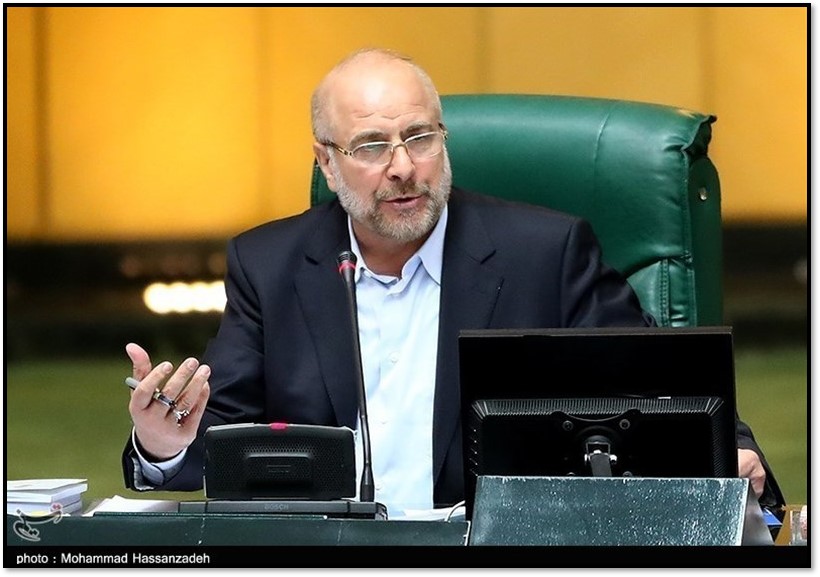
Qalibaf and other traditional conservatives tend to be more pragmatic and less ideological. Many come from the bazaari merchant class and favor a stronger private sector instead of a state-controlled economy. Traditional conservatives are more willing to open the political space. They recognize that allowing some reformists back into electoral politics could make debates more vibrant and the Islamic Republic more resilient. They are also more open to engagement with the outside world, including European countries. Some traditional conservatives supported the 2015 nuclear deal with the world’s six major powers. But they have been less vocal as domestic politics have become polarized and Iran has been isolated over its human rights record, controversial nuclear program and support for Russia’s war in Ukraine.
Very few reformists or centrists with national name recognition have registered to run. Former Vice President Mohammad Baqer Nobakht, who served in the centrist administration of President Hassan Rouhani (2013-2021), is one of the more prominent candidates outside of the conservative camp, but he is not a major factor in the election.
Protests sporadically consumed the political environment in 2023. What are the potential flashpoints for new protests in 2024? Is there still a public willingness to challenge the regime, given the government crackdown, arrests and long prison sentences?
Discontent is widespread, but there is little appetite for challenging the government. The public witnessed the crackdown on anti-government protests in 2022 and lost hope for meaningful change. People are also largely focused on their own livelihoods and day-to-day problems.
A sudden change in subsidies could trigger a new round of protests. Many people are especially concerned that the government will cut back on fuel subsidies. The price of a liter of drinking water is more than a liter of gasoline. Everyone recognizes that the low prices are unsustainable, but politicians have long hesitated to implement substantive reforms for fear of sparking unrest. In 2019, an overnight hike in fuel prices and the introduction of a new rationing system triggered demonstrations in at least 100 cities across Iran. More than 300 people were killed in clashes with security forces and at least 7,000 were detained.
The other issue that could reignite public anger is further encroachment on personal freedoms. The government redeployed the morality police in mid-2023, but enforcement of the Islamic dress code has been uneven. Many women still go unveiled in shopping centers and metro stations in major cities, especially in Tehran.
Supreme Leader Ayatollah Ali Khamenei turned 84 in 2023, and he does not have a designated successor. How are different factions preparing for the eventual transition of power?
Political factions are positioning themselves for succession, although the topic is rarely discussed in public. The state bureaucracy, especially the Office of the Supreme Leader, will have a lot of influence over the succession. But other power centers, especially the Revolutionary Guards, and political factions will try to steer the process as well.
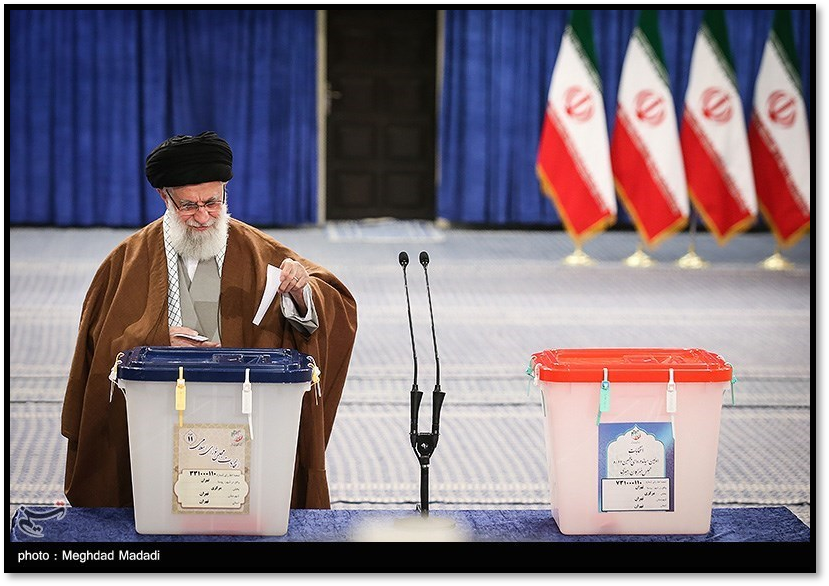
Khamenei has not shown any obvious signs that he is in poor health, so the transition may not come for years. If he were to suddenly die or become too sick to fulfill his duties, there is no obvious successor. The pool of known candidates is small. And none of the men speculated to be potential contenders, such as Khamenei’s son Mojtaba or President Raisi, have strong bases of support or remarkable leadership qualities.
Iran will also hold elections for the Assembly of Experts, an 88-member body of Islamic jurists charged with appointing and overseeing the supreme leader. The next supreme leader could come from its ranks. Who are the potential contenders?
The upcoming Assembly of Experts election is important mainly because of the looming succession. Usually, most of the candidates are elderly and conservative clerics who do not have national name recognition. But this year could be different, especially if the Guardian Council is more lenient about qualifying a more diverse pool of the 510 candidates who registered.
One contender to watch is former President Hassan Rouhani (2013-2021). Rouhani was first elected to the assembly in 2000 and was reelected in 2007 and 2016. The centrist has held several ranking positions, including Secretary of the Supreme National Security Council (1989-2005). During his tenure as president, he tried to expand freedoms in the press, speech, education, and individual rights. He favored engagement with the outside world, including the West.

Both Iran and the U.S. will hold elections in 2024—Iran for parliament and the U.S. for the presidency and Congress. Iran holds another election in 2025 for the presidency. How will the elections in both countries affect the prospects of diplomacy on any subject?
The 2024 U.S. presidential election will have the greatest impact on prospects for diplomacy. If Biden is reelected, Tehran may be willing to engage with Washington on the nuclear issue or other topics knowing that U.S. policy will be predictable for at least four years. If someone more hawkish wins, the chances for escalation may increase.
Iran’s parliamentary and presidential elections will be less consequential for diplomacy. The decision-making process is based on consensus, and Supreme Leader Khamenei has the final say on major issues. President Raisi is expected to seek reelection and win in 2025 because the last five presidents all won two consecutive terms. Raisi’s negotiating team failed to reach a nuclear deal in indirect talks with the United States between 2021 and 2023, but the two countries did complete a rare prisoner swap in September 2023 after more than a year of quiet diplomacy. So at least there is some precedent for engagement with Washington.
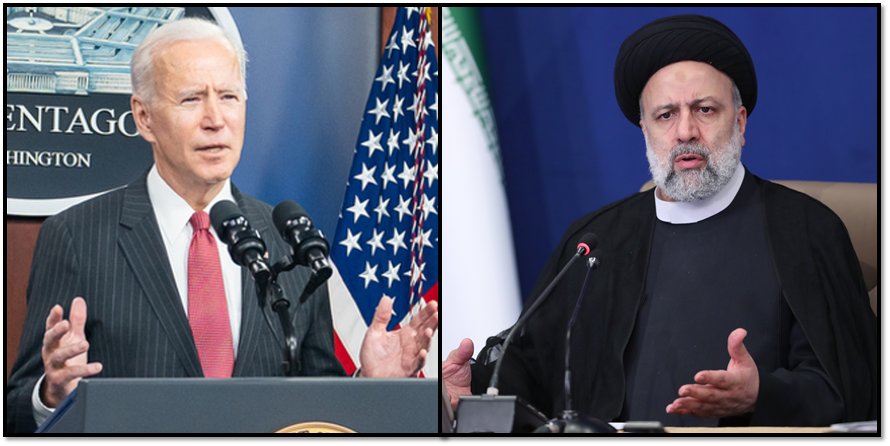
Hadi Semati is a former professor in the faculty of Law and Political Science at Tehran University and a former scholar at the Woodrow Wilson Center and the Carnegie Endowment for International Peace. He is now an independent analyst.
